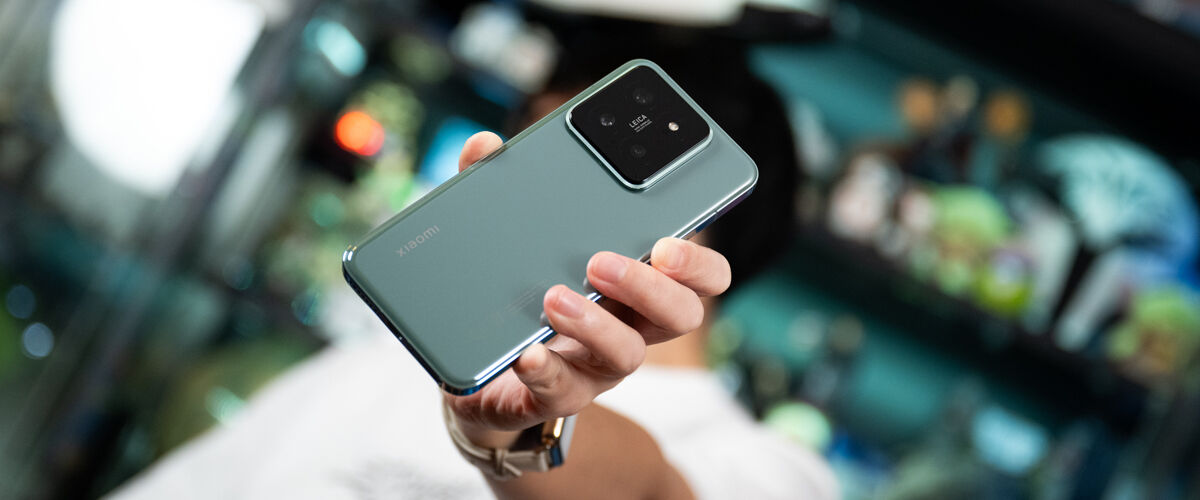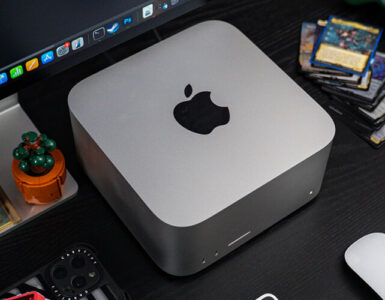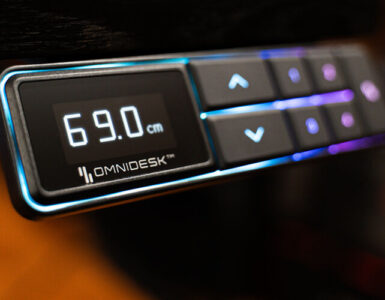In a saturated landscape where Samsung and Apple still reign as smartphone royalty, Xiaomi has found its footing as a quality snapper – even if it has taken a while. It’s been quite the journey for the Chinese company, as it continues to grow out of its humble beginnings and explore new technologies.
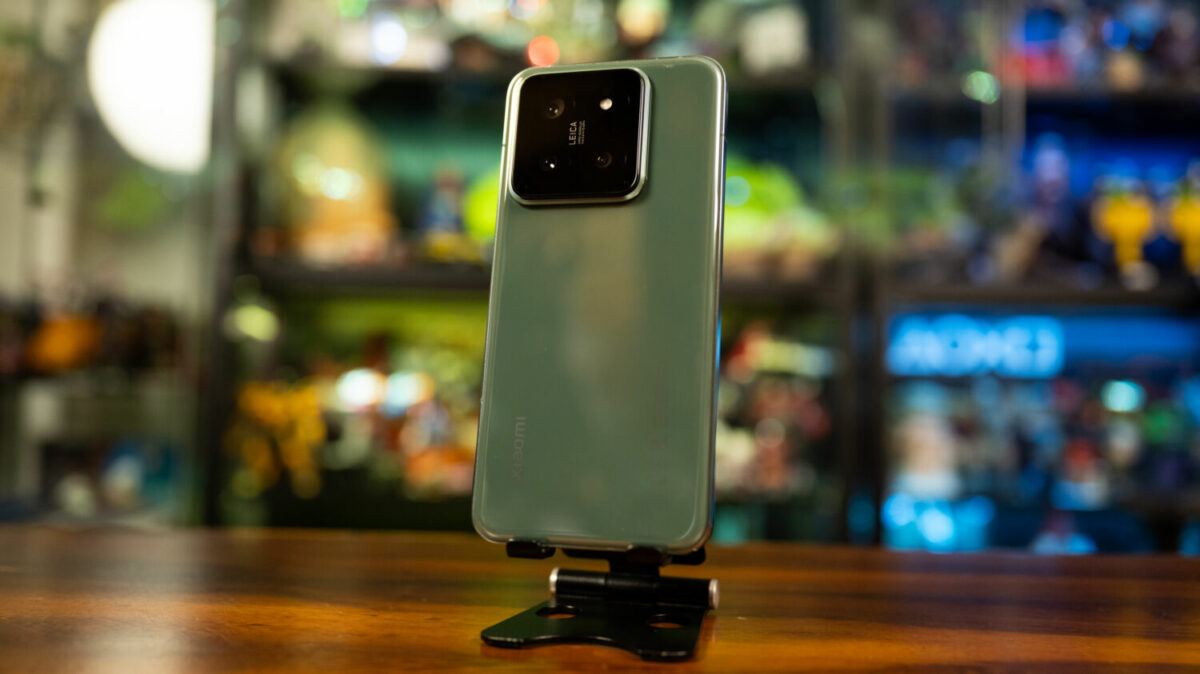
A collaboration with Leica served as the precursor, sharpening the mobile photography edge. Then came the world’s first phones to house Qualcomm’s top-of-the-line Snapdragon 8 Gen 3 processor, the Xiaomi 14 and 14 Pro. Following a domestic launch last year, the Xiaomi 14 and 14 Ultra are now heading to Singapore and other select worldwide markets, offering more solid options for everyday performance.
The homogenous design slant is prominent right off the bat. Decked out in the Jade Green colourway, the device adopts an all-too-familiar look that flows through the Samsung S24 and iPhone 15 – a flat glass rear, rounded corners, and a straight-cut frame. It’s sleek and svelte, if conservative, with the square camera cutout echoing its predecessor’s design, except it now takes up a little more space.
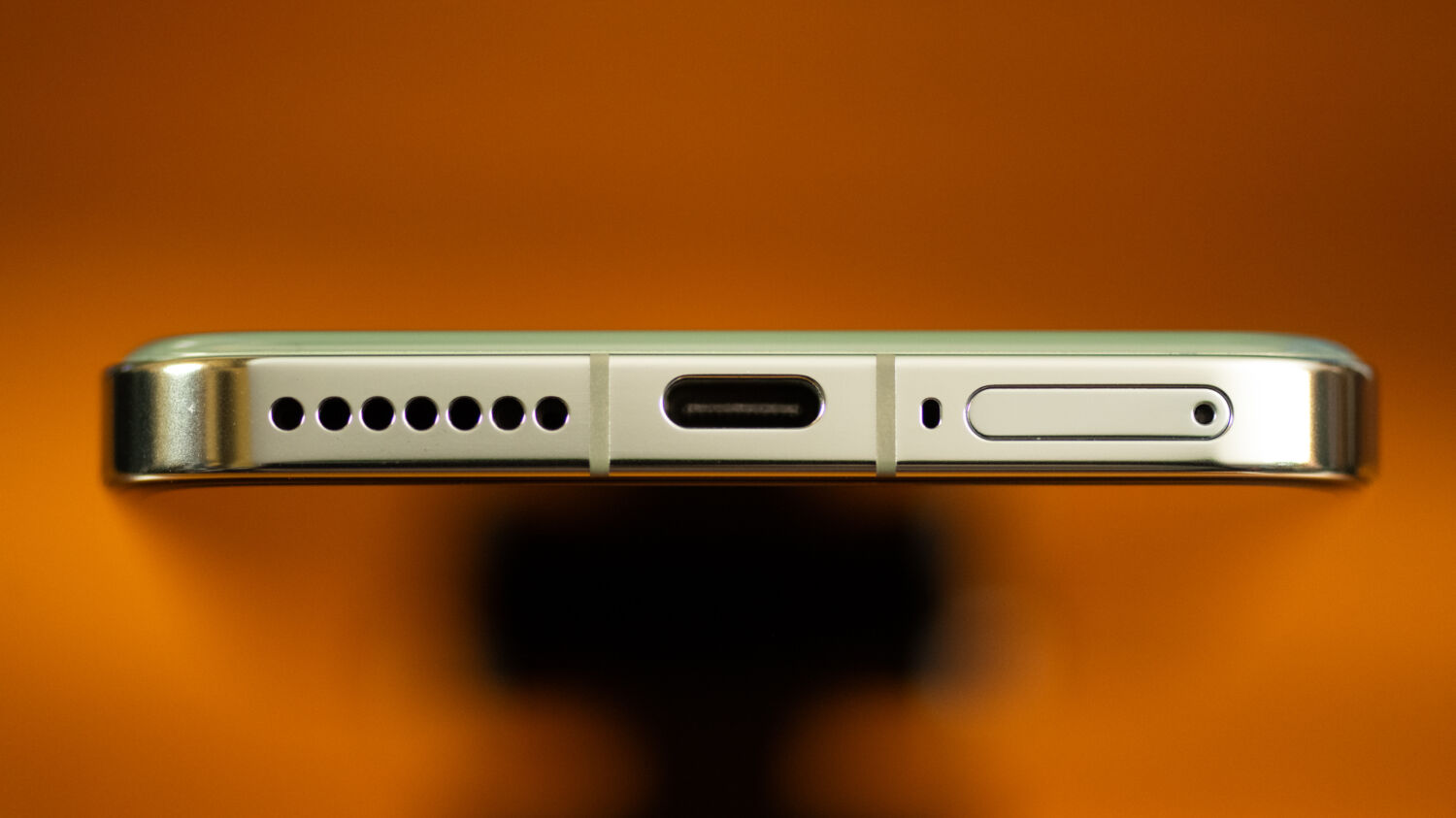
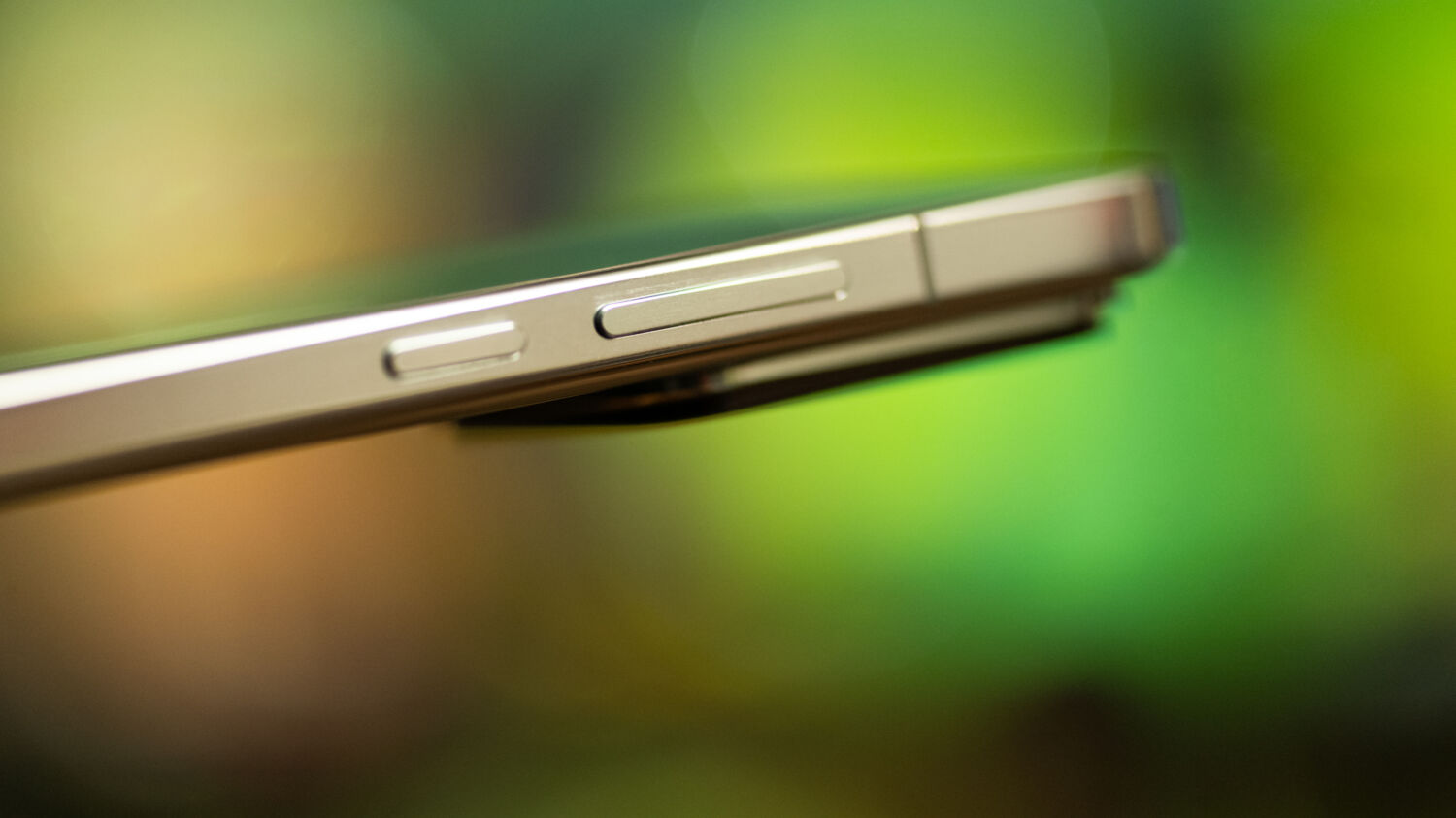
A USB-C port rests at the base, joined by the volume rocker and power button on the right spine. Held in the hand, the Xiaomi 14 sits comfortably and isn’t too hefty, but its glossy surface can be slippery to the touch. There’s a workaround, fortunately, taking the form of a grippy rubber phone case included in the box, which also offers protection against fingerprints. It’s a nice little bonus, as recent industry protocol often charges an extra for anything that isn’t the phone, especially with its susceptibility to oily smears and residue.
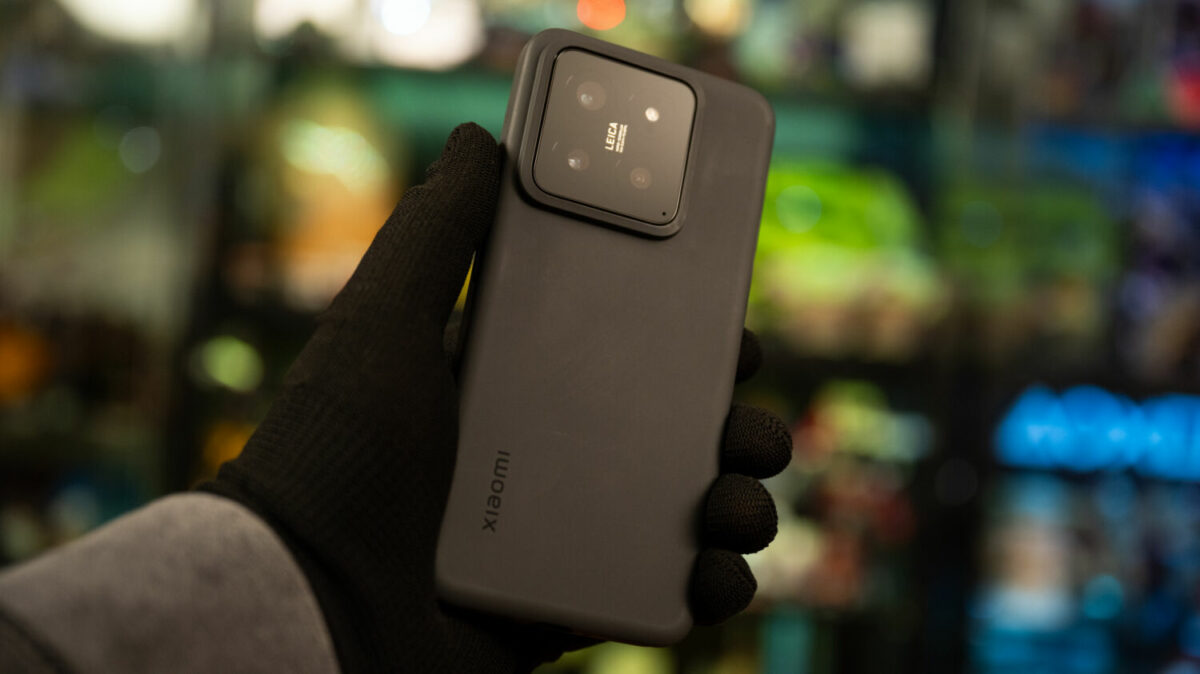
Packing a 6.36-inch display into a 152.8 x 71.5 mm frame, Xiaomi’s latest is more compact than some of its contemporaries, fitting better in the pocket. It’s a good size for individuals with smaller hands, finding a solid middle ground between basic non-Pro models and its larger siblings (the iPhone 15 Pro Max, for example, measures 159.9 x 76.7 mm).
As expected of a smartphone of its class, there isn’t much to fault about its visuals. The Xiaomi 14’s AMOLED display sports a 2,670 x 1,200 resolution, so images are crisp with punchy colours, strong contrast, sharp detail, and great viewing angles. Meanwhile, its adaptive 120Hz refresh rate prompts smooth motion and scrolling, as well as quick responsiveness.
The 20:9 aspect ratio, coupled with its bezel-less panel and HDR10+ support, makes for an immersive watch both indoors and outdoors. It peaks at 3,000 nits, so viewing under direct sunlight won’t be an issue – even if the display is a little too reflective at times. Whether it was watching Dune on Netflix or the trailer for Amazon’s Fallout series on YouTube, the experience proved enjoyable.
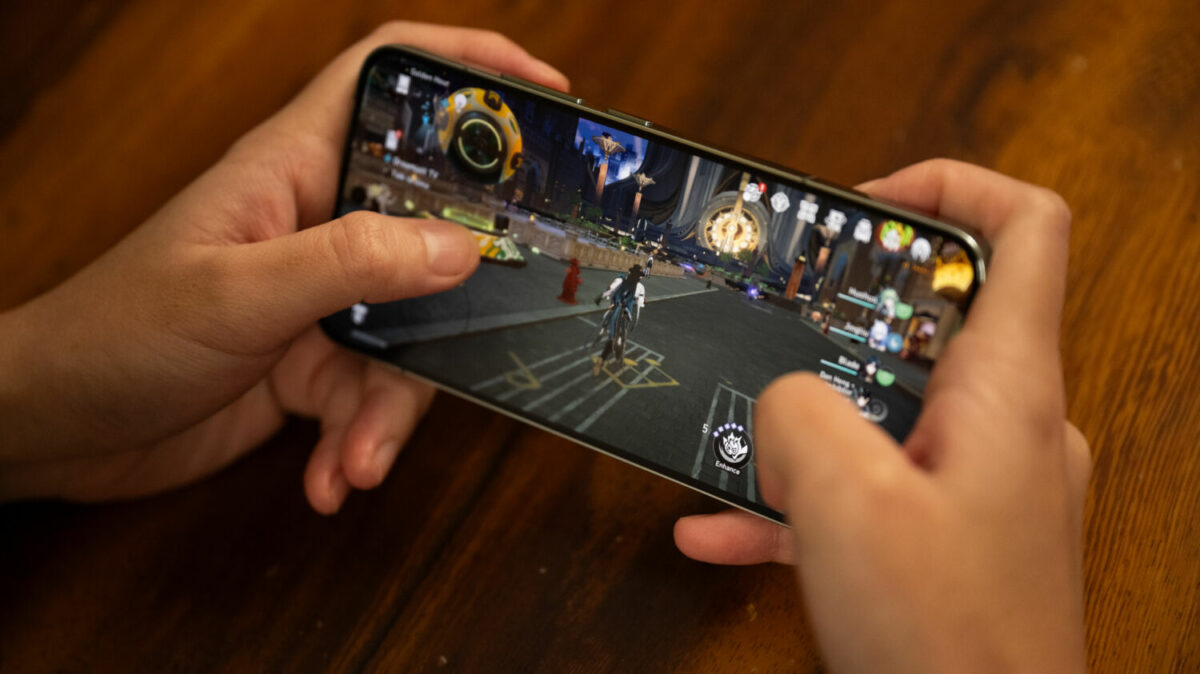
Part of that can be attributed to its Dolby Atmos-powered speakers, which deliver full, loud, and crisp audio. There’s an overemphasis on bass levels, however, leading to some imbalance when listening to instrumentals or soundtracks at a higher volume.
While the Xiaomi 14 lies on the smaller end of the size spectrum, it’s anything but a slouch. The phone is powered by the high-end Snapdragon 8 Gen 3 chip, with 12GB of RAM and this combination has delivered an impressive real-world showing. Performance on both Honkai: Star Rail and its more GPU-intensive cousin Genshin Impact was more than great, with little to no stuttering or frame rate drops even when bumped to medium graphics. After an hour or so, it still ran well and didn’t get too warm, courtesy of the IceLoop cooling system.
Digital imaging, like before, is once again the headliner here, and it isn’t always an easy reputation to live up to. After all, the Xiaomi 13 was proven to be a capable snapper, but that only spurred its successor to reach greater photography heights. Serving as the company’s third-generation smartphone with Leica optics, the Xiaomi 14 features three 50-megapixel (MP) rear cameras that span different focal lengths: 23mm (main, f/1.6), 75mm (“floating” telephoto, f/2.0), and 14mm (ultra-wide, f/2.2).
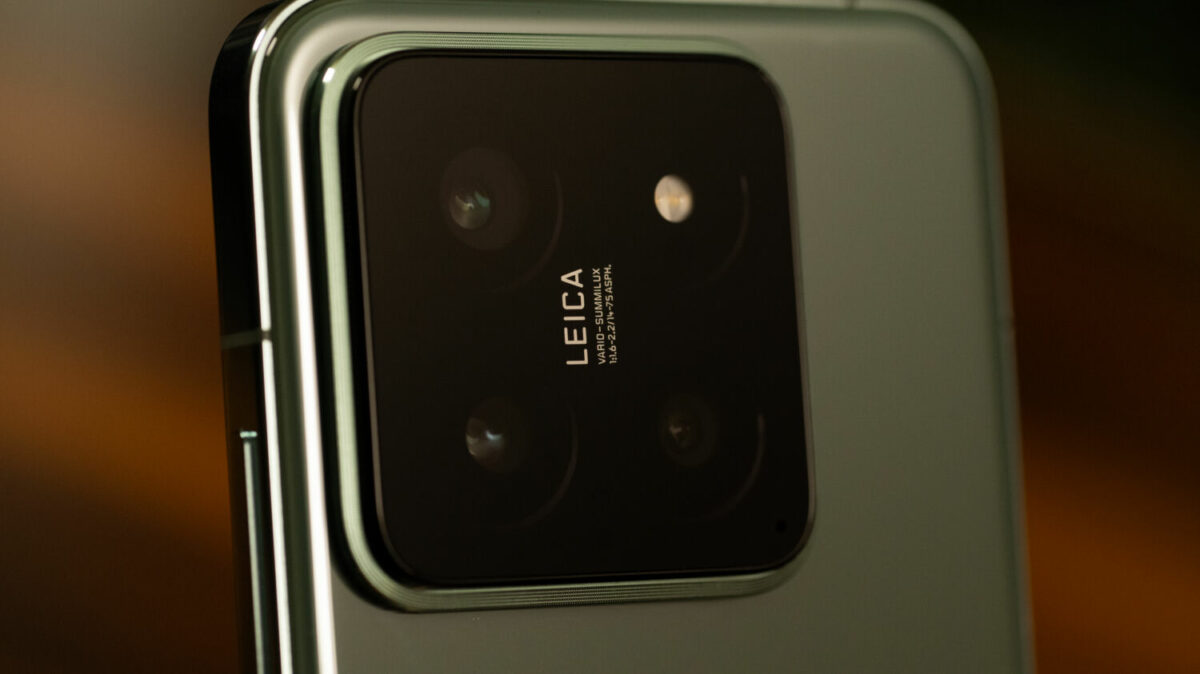
Together, they pack a serious punch. The main camera ships with a fast shutter speed for capturing action, delivering sharp detail, great clarity, decent dynamic range, and strong bokeh. As with its predecessor, users can choose between the Leica Authentic or Vibrant colour modes, with the former producing more realistic, muted images, and the latter, pronounced hues and contrast.
Between the two, Leica Authentic is the preferred option as it does a good job at nailing true-to-life colours. Occasionally though, it produces neutral tones that lack the same punch, so an in-between choice would be appreciated, considering that the Vibrant setting may be too intense for some.










Colour matching, across the board, is excellent, but the ultra-wide lens could do with more detail retention. It also doesn’t fare as well in low-light settings or at night, since optical stabilisation isn’t included like with Apple devices; however, image quality is still pretty decent and has just a little more noise.




As for the zoom, it’s easily the standout feature of the Xiaomi 14. The dedicated 3.2x lens is a capable macro mode that delivers natural bokeh, sharp clarity, and well-defined details, which are still impressively retained at 5x zoom. The 32MP selfie camera works fine, even if it comes with the softer, beautified touch typical of Chinese-branded smartphones.






On the flip side, Portrait Mode can be a hit or miss, allowing users to jump between close-up and full body shots, as well as focal lengths between 35mm to 90mm. It’s not a big issue, but does require some experimentation and playing around with distance. As a whole, the versatile camera system proves handy in covering all bases, boasting enough horsepower to keep pace with its other equivalent-model rivals.






The caveat of Xiaomi phones has always been the software, which features plenty of bloatware. With the new HyperOS, the company’s latest take on Android, the design interface feels less cluttered than their MIUI interface, and introduces several new, if slight, additions to the user experience. These include customisable lock screens, simplified icons, and AI-powered tools down the line, but Samsung and Google already have more to offer on that front.
Other issues like notification handling and redundant pre-installed apps still persists, unfortunately. In some cases, they go hand-in-hand – some pre-loaded apps frequently generate notifications, but there’s no real need for Xiaomi’s bespoke app store when Google Play is right there. It doesn’t help that the phone aggressively pushes players to use it, especially since the own-brand apps don’t serve much purpose with Google’s defaults being the natural first pick.
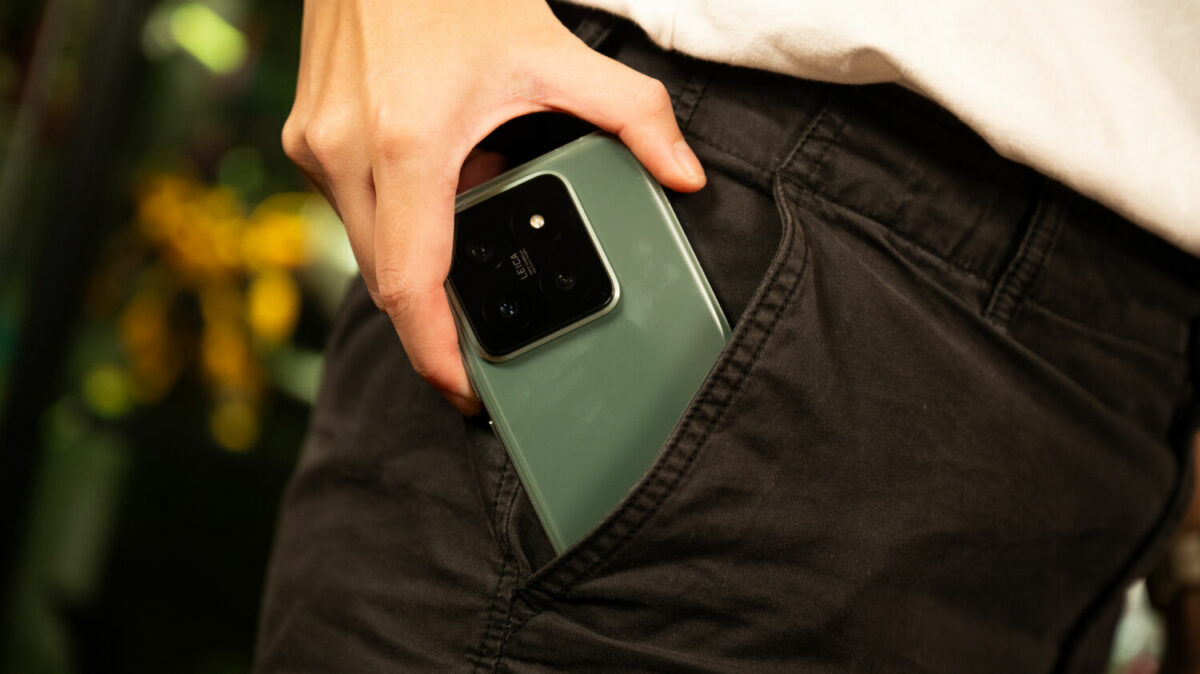
Battery life isn’t the best either, as gaming will drain the device’s 4,610 mAh battery capacity fairly quickly, and heavy users will find the device unable to last through a whole day of use (that’s where the Xiaomi 14 Ultra will be a better choice). For casual users, the Xiaomi 14 is be able to power through daily tasks reliably, and can top up its tank from zero to full in 30 minutes.
At S$999 for the base model (12GB + 256GB), the Xiaomi 14 offers a cost-effective flagship experience with a strong specialisation in imaging. The all-rounder is compact, highly capable, and versatile, presenting a good alternative for users who want a smaller handset without having to scrimp on performance. Sometimes, all that’s needed is hardware and photography prowess, and there’s plenty of both to go around here – unless you’re more taken with software, ecosystem, and user interface elements, of which other brands do much better.
GEEK REVIEW SCORE
Summary
The Xiaomi 14 is a competent, polished offering that’s certainly worth a look, especially with the compact form factor it offers. Photography may be its greatest expertise, but don’t discount its hardware capabilities – the handset is a heavyweight in its own right.
Overall
8.5/10-
Aesthetics - 8/10
8/10
-
Build Quality - 8.5/10
8.5/10
-
Performance - 8.5/10
8.5/10
-
Value - 9/10
9/10
-
Geek Satisfaction - 8.5/10
8.5/10

